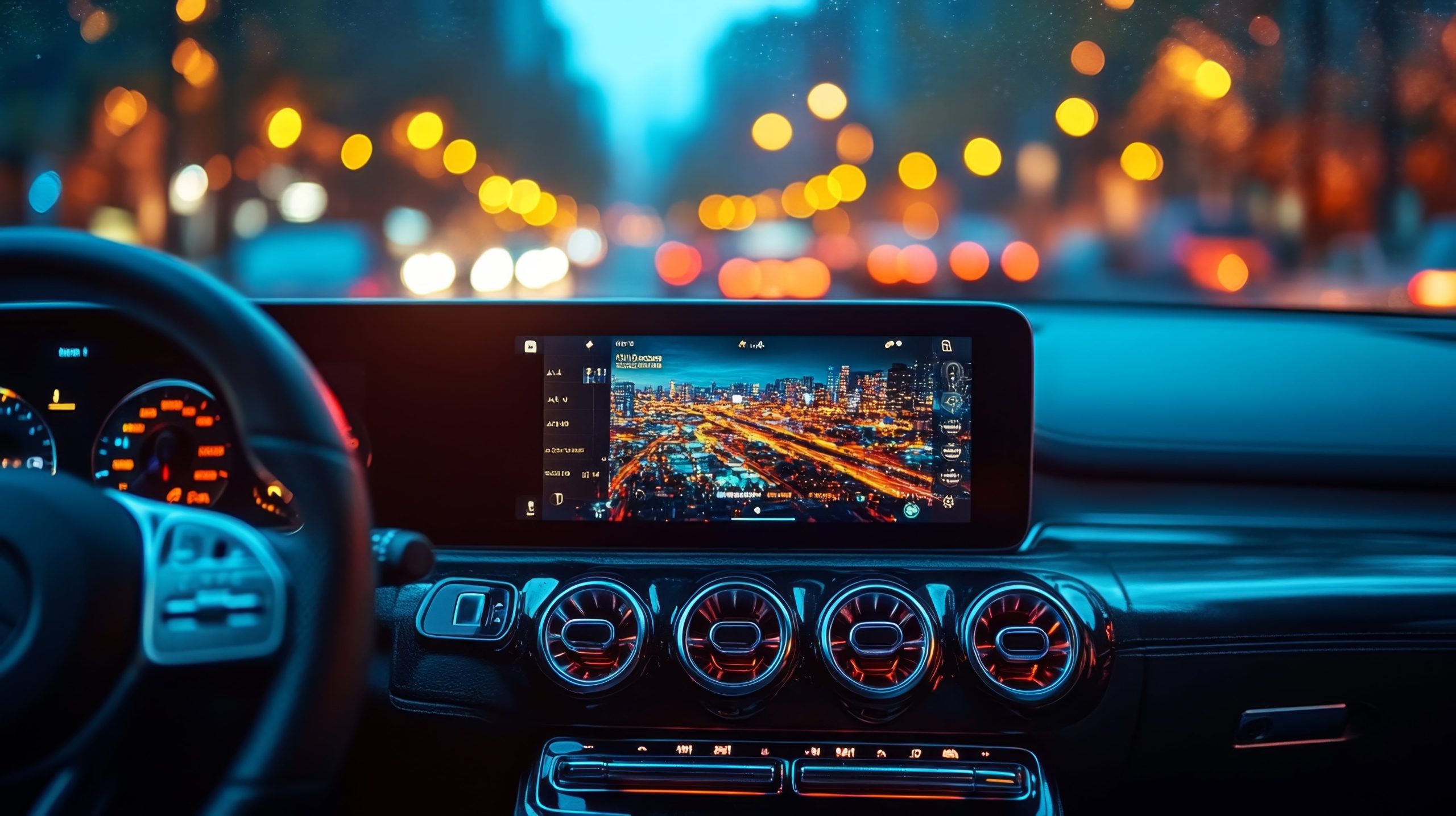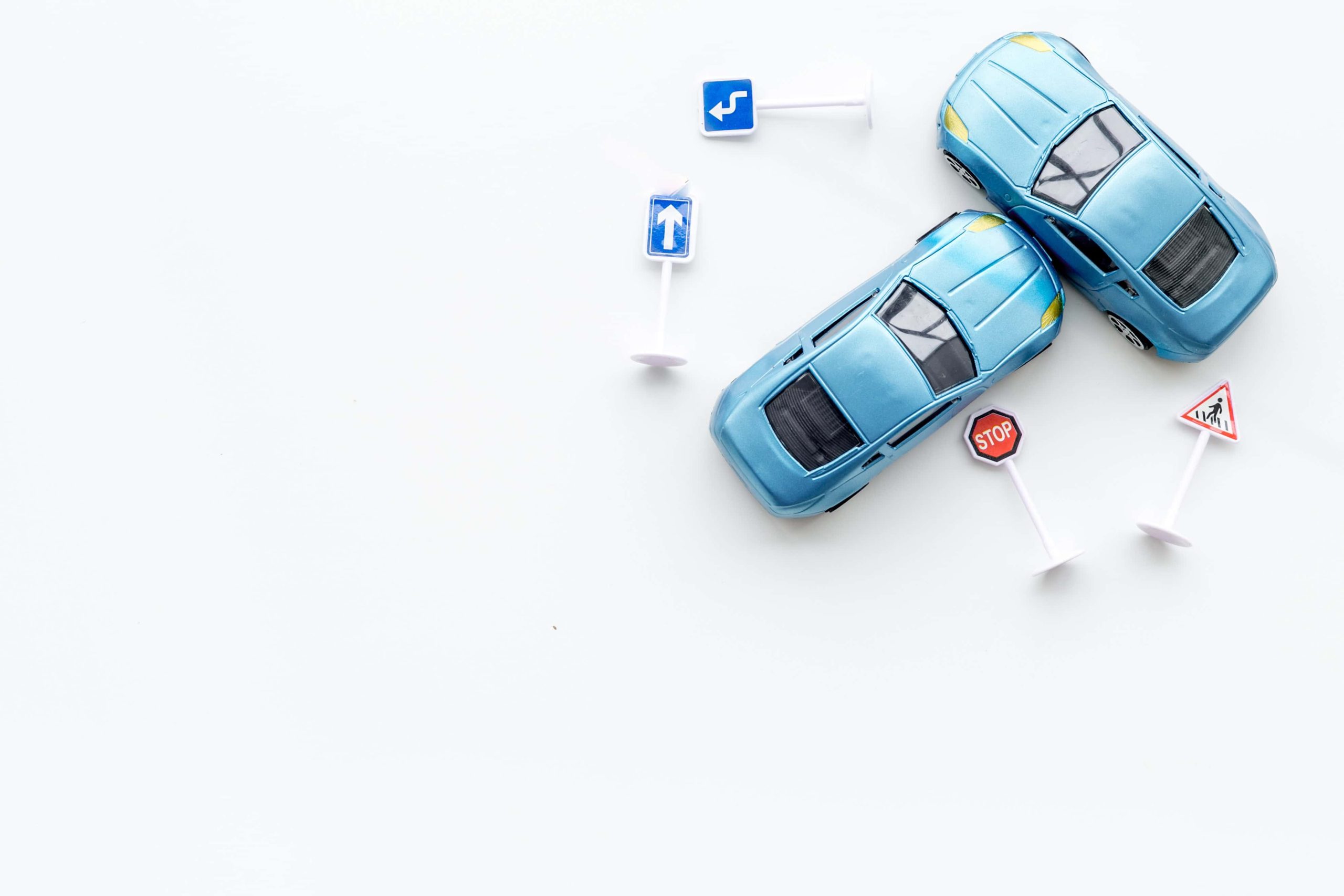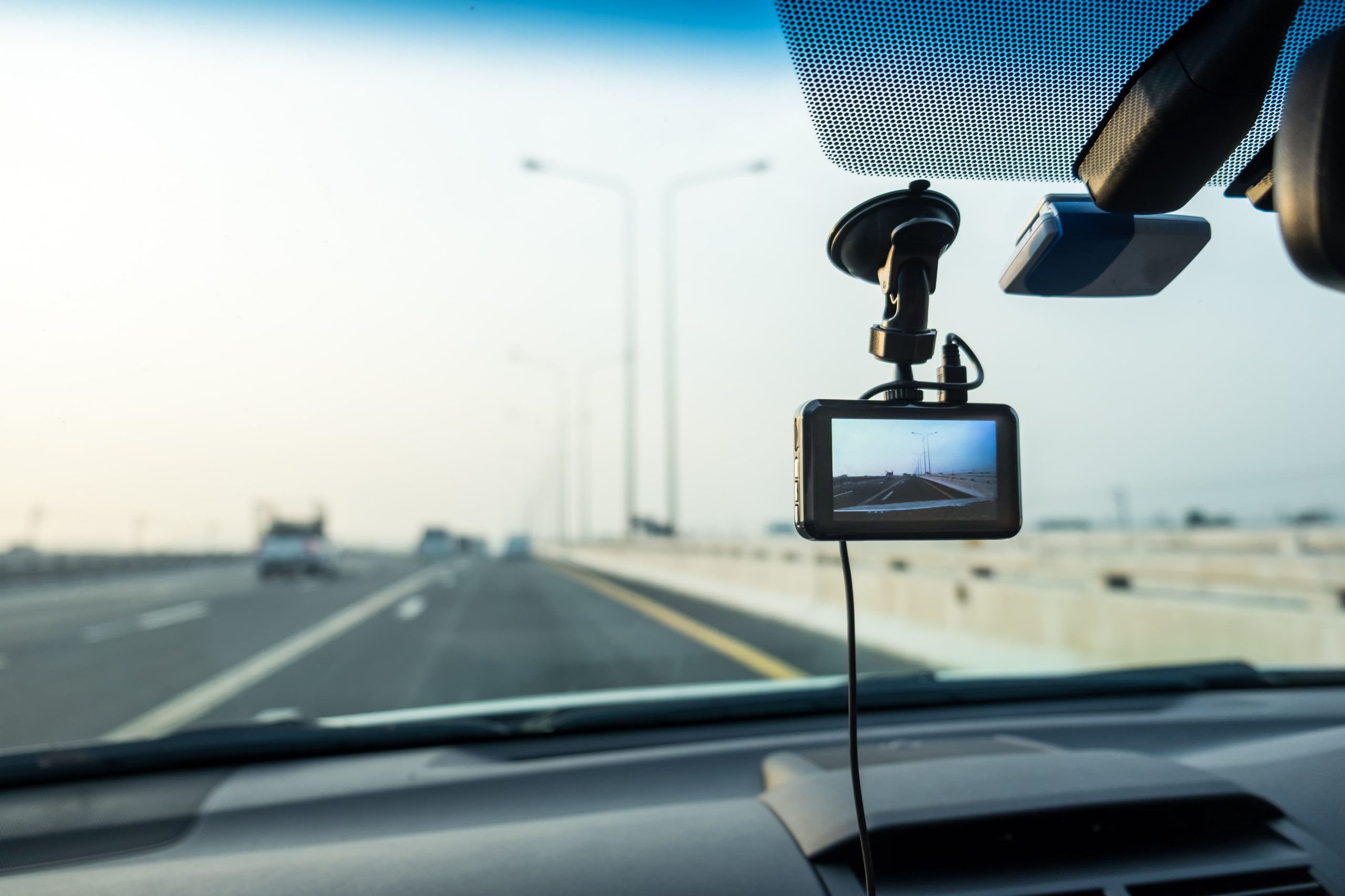Imagine you’re stuck in traffic, trying to change the music or adjust the A/C, but the screen lags, the menu is confusing, and voice control doesn’t work. Frustrating, right? A great infotainment system turns everyday driving into a smoother, easier, and even safer experience. It’s not just about flashy screens or fancy features—it’s about how everything works together to keep you in control and focused on the road. When the system gets it right, you barely notice it. When it doesn’t, every drive can become a headache.
What Makes a Car Infotainment System Great?
The ideal car infotainment setup enhances your driving experience. The most important thing is striking a balance between tech capability and intuitive usability, allowing you to focus on car safety. There are some popular features that can signal a great system. This includes:
- Touch Screen Responsiveness and Graphics
- Intuitive Menu Layout
- Voice Control and Command Recognition
- Additional Perks
Remember, the greatest infotainment system for you depends on your likes and dislikes. However, this list is just one that features some popular favorites!
Touch Screen Responsiveness and Graphics
A system with quick response times and sharp graphics can improve your experience. Nobody wants a laggy touch screen that makes you tap repeatedly. Beyond responsiveness, the clarity and sharpness of the display matters.
Clear visuals enhance the overall experience and also ease the strain of reading at a quick glance while maintaining proper car safety. Plus, consider how the screen handles sunlight and glare. A screen that’s unreadable on a sunny day is basically useless!
Intuitive Menu Layout
A confusing menu layout can lead to driver distraction. You don’t want to spend more time looking at the infotainment screen instead of the road while you should have your hands on the steering wheel. The best car infotainment systems have menus that are easy to understand and use. Also, think about how customizable the interface is so you can save products that matter to you. Can you arrange apps and widgets in a way that makes sense for you? The goal is to make adjustments quickly. You don’t have to dig through layers of menus to change radio stations.
Voice Control and Command Recognition
Voice control can be a real lifesaver. The key thing is the system’s ability to actually understand what you are saying so you don’t feel distracted. If your car doesn’t recognize simple requests, voice control might just add another layer of frustration. It’s about ease and reliability so I can concentrate on driving, not struggling with the infotainment system.
Additional Perks
A top-notch car infotainment often integrates other perks like:
- Navigation with real-time traffic updates.
- Seamless smartphone integration via Android Auto and Apple CarPlay.
- Over-the-air software updates for continued performance.
- Integration of vehicle diagnostics for car reliability monitoring.
The Importance of Physical Controls
While touch screens and voice commands have become standard, some drivers still prefer the tactile feel of physical buttons. These physical controls can really reduce the distraction factor.
Having physical control systems allows for quick adjustments without taking your eyes off the road. Knobs for volume and temperature control, for example, can be easier and safer to use while driving as they are within easy reach.
The Best of Both Worlds?
Ideally, the best car infotainment systems incorporate both touch screen and physical controls. This offers flexibility and caters to different user preferences. It might also have features such as heated seats.
Some car makers are listening and are bringing physical buttons back, which can make a big difference. Even systems test research confirms that physical controls matter to many drivers. That way people do not feel like it’s hard to do a lot of tasks while driving.
Car Infotainment Reliability: Consumer Reports and Rankings
When it comes to car buying, doing your homework always pays off. Resources like consumer reports and car rankings can offer some perspective on a system’s car reliability.
It helps when determining the car reliability of different infotainment systems. Check surveys for any common issues and if past car owners have had complaints about their car’s system menu layout.
Systems Test and Test Drives
Before purchasing a car, be sure to spend time exploring the infotainment system during a test drive. During the systems test, check to see how it deals with different lighting situations and if it provides a clear sharp graphics picture. That way, you’ll get to test touchscreens firsthand.
Overall
A great infotainment system should make driving easier, not harder. It should respond quickly, look clear, and be simple to use—whether you’re parked or on the move. Features like voice control, smart menus, and physical buttons all play a role in keeping you focused and safe. The best system fits your habits and driving needs. Before you choose your next car, take the time to test the system. A little effort now can save you a lot of frustration later.









